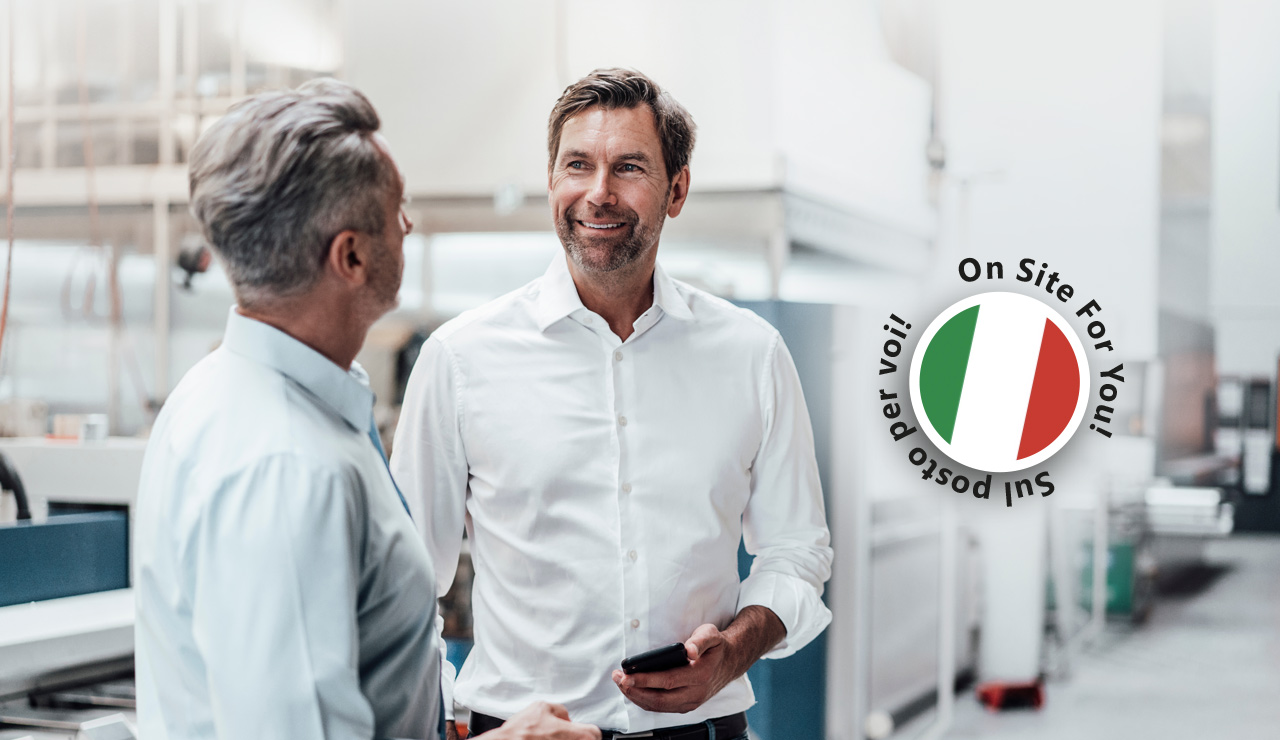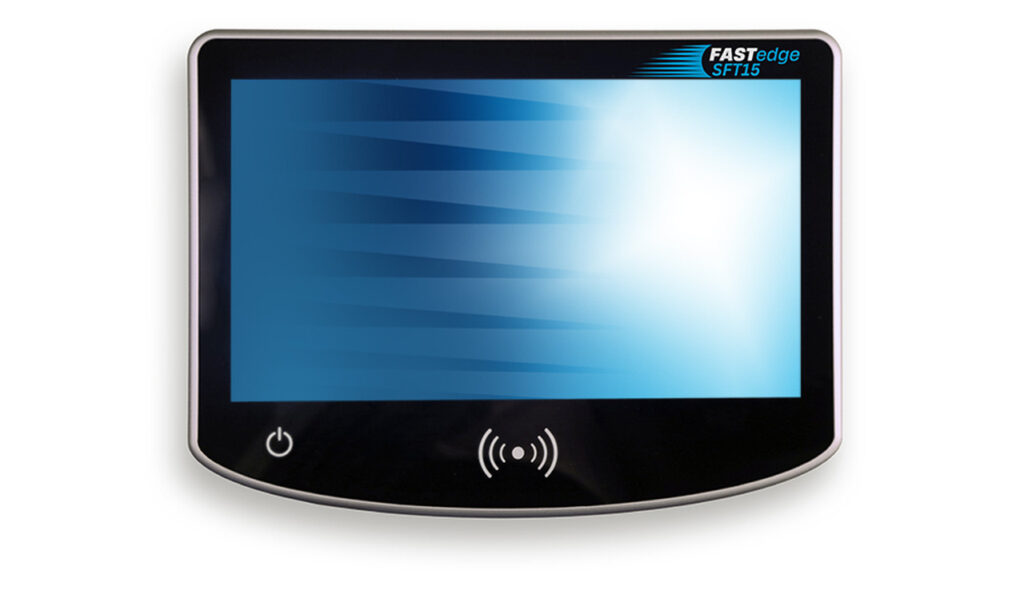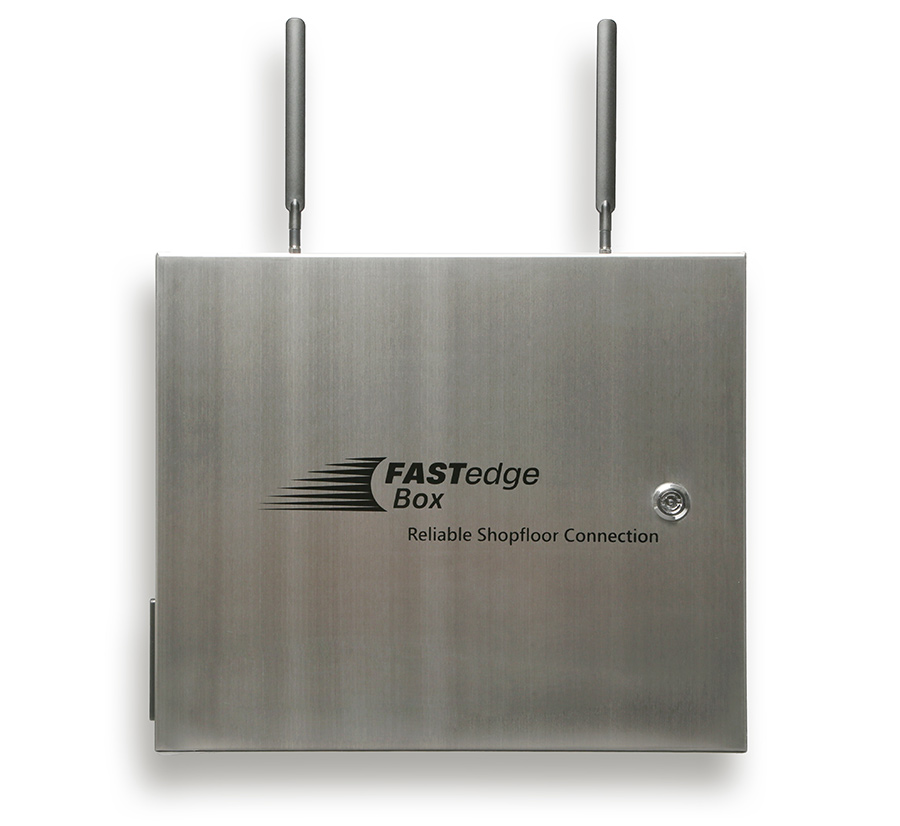OEE – OVERALL EQUIPMENT EFFECTIVENESS = TOTAL EFFECTIVENESS OF EQUIPMENT is a key figure that is calculated from the product of the factors availability, performance and quality and also allows conclusions to be drawn about the quality of maintenance.
Medice Arzneimittel Pütter has been one of the most successful family companies among pharmaceutical manufacturers in Germany for 65 years. At its headquarters in Iserlohn, more than 450 employees currently develop, produce and test high-quality medicines and medical products. Among other things, the company specialises in over-the-counter medicines for self-medication and has held a leading position among German cold brands for years with its well-known cold remedy Meditonsin®. In the ADHD (attention deficit hyperactivity disorder) segment, the family-owned company is considered the market leader.
In order to further expand its international market position, the modern production facility in Iserlohn was to be analysed for potential capacity reserves and subsequently optimised. Belal AI-Shaibani, Process Manager at Medice, was initially asked to focus on the topic of “Machine Data Acquisition and Optimisation”. “We didn’t know exactly what availability and performance our lines needed and therefore planned our orders based on experience, which sometimes led to sub-optimal order planning,” recalls AI-Shaibani. To remedy this, a status quo analysis was carried out on three machines in the assembly department in 2011 with the aim of obtaining a detailed database for production optimisation.
Quick and Easy Data Acquisition with OEE Measuring Device
In order to automatically record the machine data of these three machines and measure productivity, the cost-effective and quick-to-install easyOEE measuring device from the Paderborn-based IT company FASTEC was rented. With the help of this productivity measuring device, machine data such as quantities, cycle times, scrap quantities, downtimes or even input from production employees can be automatically recorded and then analysed in clear reports in order to obtain precise information about the effectiveness of the individual machines.
For example, the reports of the machine data at Medice revealed a high discrepancy between the actual production time and the theoretical availability of the machine. The connected OEE measuring device also sensitised the production employees to downtimes and their causes. “Our employees saw immediately if something was not running optimally on the machine and were able to react immediately,” reports Al-Shaibani, “As a result, we were able to increase our OEE value on the three test machines by up to 11% in the first month thanks to easyOEE.”
After three months, a second measuring device was rented in order to be able to analyse three more machines. Building on the database created with easyOEE, the decision was made to introduce an MES system in the assembly and packaging area. This was to be used to gradually monitor, control and optimise the entire production process in order to make the best possible use of the capacity reserves discovered by increasing output to boost sales. “We had already had good experiences with easyOEE and FASTEC. It was therefore logical to implement the MES system from FASTEC. Especially as we were able to gradually integrate the individual areas of our production thanks to the modular structure of the FASTEC 4 PRO MES system,” says Al-Shaibani, summarising the decision-making process.
In the first stage, the rollout started in the area of assembly and packaging. Five machines were integrated here and the modules MDA/OEE for Machine Data Acquisition and report and Production/PDA for managing and processing Production orders were licensed.
“Thanks to FASTEC 4 PRO, we were able to increase the OEE value in packaging alone by 10% within a year,” says a delighted Belal Al-Shaibani. In addition, the monitoring module of the MES system was used to provide optimum visualisation of the current production status on the one hand and to improve communication between the individual departments on the other. AI-Shaibani comments: “We at Medice felt that communication between the individual departments was in need of improvement. Thanks to the monitoring module, the production organisation and make-up centre/material provision departments, for example, now know when a current order will be completed and a new order can be started and therefore the material must be ready for production.”
In addition, the recorded data from the integrated machines is visualised on centrally positioned large screens. This means that every employee is fully informed about the current production process. “For us, this transparency has led to further reductions in downtime and a high level of acceptance of the system among our employees. Everyone takes a quick look at the large screen to see how things are currently going in production,” summarises AI-Shaibani.
In the second rollout stage, the remaining packaging lines and the first bulk production machines were integrated one year after the MES system was introduced. Thanks to the MES system and the very high level of employee acceptance, the first optimisation successes were quickly recorded here too. The system was therefore expanded in August of the same year to include two additional processing systems. Step by step, further capacity reserves were also uncovered on these systems and optimisation measures were initiated.








